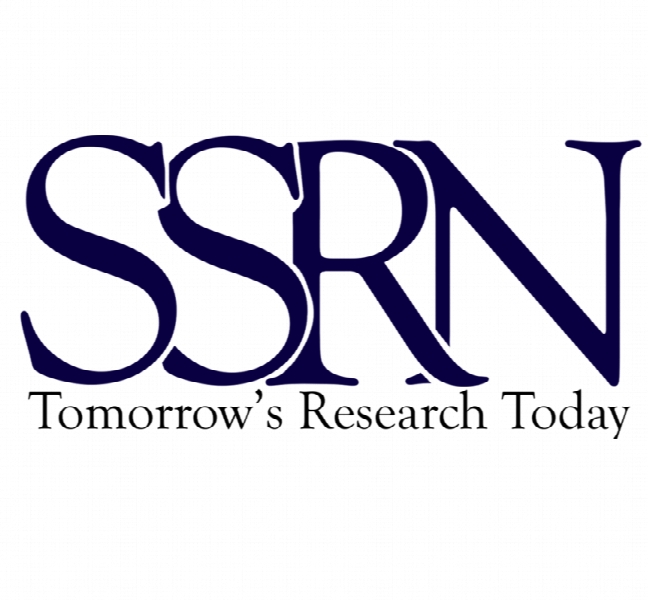موانع قیمت ارقام در بازار سهام ایالات متحده Round Number Price Barriers in U.S. Stock Market
- نوع فایل : کتاب
- زبان : انگلیسی
- ناشر : SSRN
- چاپ و سال / کشور: 2018
توضیحات
رشته های مرتبط اقتصاد
گرایش های مرتبط اقتصاد مالی
مجله
منتشر شده در نشریه SSRN
گرایش های مرتبط اقتصاد مالی
مجله
منتشر شده در نشریه SSRN
Description
1. Introduction Under efficient market hypothesis, current stock price should give no information towards predicting future return. Using current price level to predict future return is a violation of the Semi-Strong form efficient market hypothesis. In this paper I present evidence for price barriers at multiples of $10, and that simply using the integer digit of stock price, one could predict future return. The findings are motivated by a widely observed behavioral bias: the left digit bias. The left digit bias has been observed in many instances including car market (citation), housing market (citation) , and many more. It would not be surprising that investors are faced with the same bias when making decisions regarding buying and selling of stocks. The important question is whether the left digit bias could lead to predictable stock return. This relates to whether investors can withhold themselves from the bias and whether arbitragers’ force are strong enough the correct the mispricing caused by the bias. An important and related phenomenon that has been studied extensively is asset prices clustering. Asset prices clustering (at penny, dime and integer level) has been observed repeatedly in various markets. Price clustering implies that investors treat particular price levels different than other. A natural question to ask if whether such differential treatment of certain price levels would result in predictable future return. This paper examines the channels for price clustering around multiples of ten and the corresponding return implication. Previous literature has documented price clustering in the U.S. equity market ( Osborne (1962), Nierderhoffer (1965 and 1966), Harris (1991), Christie and Schult (1994), Grossman et. al. (1997), Cooney, VanNess and VanNess (2003)). Some of the recent literature has studied price clustering on varies commodities markets such as water markets (Brooks 2013) and Carbon markets (Palao 2012), as well as option market (Capelle-Blancard 2007). However none of the literature explored the return implications of price clustering, except for (Johnson, Johnson and Shanthikumar 2008), where they showed that at penny, dime and integer level, a just above round number closing price is followed by a higher return. Johnson focused on predicting the next day return base on the past day closing price, and showing that investors are insensitive to the penny and dime digits in stock price. In this paper I specifically examine the round number bias abnormal return around multiples of ten (at the integer level), and examine the return pattern through a longer horizon of up to two weeks. A one day abnormal return from a penny or dime level bias is not very tradable, but a two week return resulting from an integer level bias should be large enough to be implemented in a portfolio. Existence of a large and long lasting abnormal return simply using information from previous price level raise the question why the profit is not arbitraged away.


